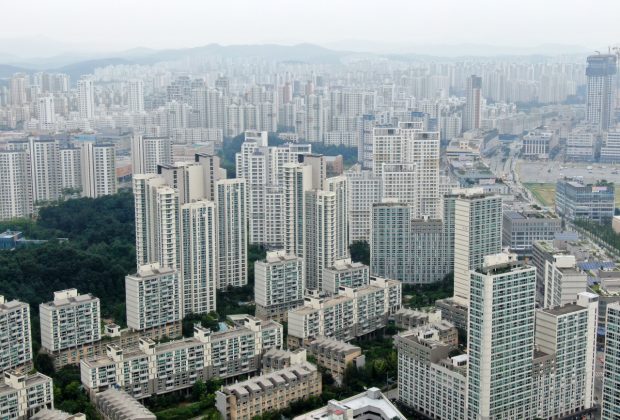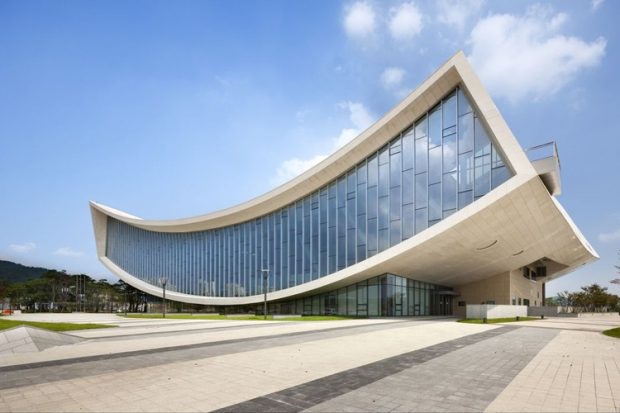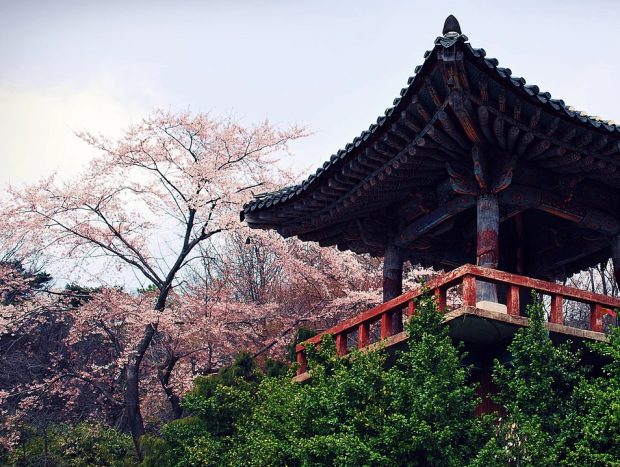
Chungcheongnam-do, one of the richest provinces in South Korea

By Dr. Hassan Hamida
Kiel, Germany
CHUNGCHEONGNAM-DO: During the Japanese occupation of the Korean Peninsula, the Chungcheongnam-do was known as “Chusei-nan” Province and since 1910. The name has changed when it became from after one of the eight provinces of South Korea, and this immediately after the division of the Korean Peninsula into two states in 1945. The province is located in the southwestern part of the Korean Peninsula. Its total area is about 8.204 square kilometers, and its population is about 2.06 million people.
Based on its per capita income, Chungcheongnam-do is one of the richest provinces in South Korea. The thing that shows that it is one of the most developed provinces on the Korean Peninsula, and what guarantees this province to occupy a prominent place among the Korean provinces, and its growth in the twenty-first century. This is especially due to the booms that occur in it in several areas of the province, such as the economy, agriculture, industrialization, and the modernization of the environment surrounding people.
A third of the area of Chungcheongnam-do is devoted to agriculture, along with marine products of great food importance in South Korea. There is also a sizeable area in the province that has been devoted to the production of sea salt by solar evaporation. In addition, the province has a role in mining activities, such as coal mining, which has reduced its use in recent years, and mines of precious metals such as silver and gold.
In recent years, Chungcheongnam-do has played an important role in acquiring future energy from alternative sources other than coal. The thing that in 2018 was headed to be the first South Korean province, and as the first active Asian member to reduce the effects of global warming resulting from the use and impact of old energy, which results in environmental pollution in the long term. Thus, Chungcheongnam-do is one of the provinces that keeps pace with the needs of modern people, and an example to follow in keeping up with the new, while preserving the old, represented by the natural diversity in all its forms, from the health of the environment and the purity of clean soil, water and air.
Among the famous landmarks of Chungcheongnam-do, the heights of Gyeryongsan Mountain, with a height of 845 meters, is the most prominent in it, and there is an amusement park with rare geological and rocky properties. There are even a number of ancient Buddhist temples, including the Gwangchuk-sa Temple, which includes among its historical holdings the largest Buddha statue ever in South Korea. There is also the Taean Marine Park, which dates back to 1978. The province also has clean marine beaches established in 1966 to provide an opportunity for visitors from all over South Korea for recreation.

The province pays great attention to the ecological aspect of the plant and tree world. The thing that represented in the cultivation of about 14.000 species of rare or endangered plants in it. This is in order to preserve plant diversity and support the development of the environment.
This positive step represents an imitation and memorial of the great king of Korea, “King Sejong”, who was historically a king who loved nature and the diversity of plants and trees during his reign.
Chungcheongnam-do is the only Korean province with a subway connection to the South Korean capital, Seoul. The thing that facilitates access to it in a period of time not exceeding thirty minutes. The thing that makes it an important strategic center, is its direct connection with the largest cities in the country. Chungcheongnam-do has three universities, which are National University of Kongju, Gongju National University of Education, and Korea National University for Cultural Heritage. The thing that makes it an important academic center, and this is in the presence of its university libraries rich in documented references. It is a modern beacon of knowledge for higher education and training, information selection and social education on both the local and global levels.
Due to the proximity of Chungcheongnam-do to the South Korean capital “Seoul”, the Korean government decided in 2007 to establish a part of the province, which was called “Daejeon”. And in which the modern, autonomous city of Sejong is located. Sejong was named to the beloved Korean king, “King Sejung”, in memory of his memory, and as a reminder of his justice among the members of his court.
The Korean king, who put a magical touch on his kingdom, was embodied in his interest in agriculture and providing food for the people of his kingdom, his love for preserving the surrounding environment and his entourage, and his love for the beauty of the Korean nature. Happy City, Sejong, will be the future alternative capital of Seoul. Now, Sejong has represented, since 2015, the administrative center of Korean politics next to the capital of 10 million people, “Seoul”. This is with 36 ministries and government agencies, including the Prime Minister’s Office.
There are indicators that show the cost of happy city “Sejong”, which amounted to about 20 billion US dollars for its initial planning and construction. It is scheduled to complete the work on its construction completely in the year 2030 by the end of the sustainable development goals recommended globally by the United Nations.
By 2030, Sejong City, or the City of the Future, will host about 500.000 residents. With this, the goal of easing the high population pressure on the Korean capital “Seoul” can be achieved for some reason. This is especially the case for officials who carry out the matter of administering the government in the country daily, and under arduous travel and travel conditions amid congested roads and vehicles.

The southern province Chungcheongnam-do is currently ruled by Mr. Yang Seung-jo and since 2018. Governor Mr. Yang Seung-jo is a jurist with a master’s degree in judicial affairs from Sungkyunkwan University (SKKU) and management from Dankook University in South Korea.
Mr. Yang Seung-jo worked after his university studies as a lawyer, and his distinguished legal experience also contributed to the drafting of the Dongnam-gu, Cheonan City Law. In addition, he represented the Korean The Minjoo Party of Korea for four consecutive parliamentary sessions. This is in addition to his holding the position of chairperson of the party’s subcommittees and its National Assembly.
The Governor “Mr. Yang Seung-jo” distinguished furthermore his interest in family affairs in the southern province “Chungcheongnam-do”, as a modern and exemplary province, which meets as a model the human environmental requirements of the Korean Peninsula.
E-Mail: hassan_humeida@yahoo.de


